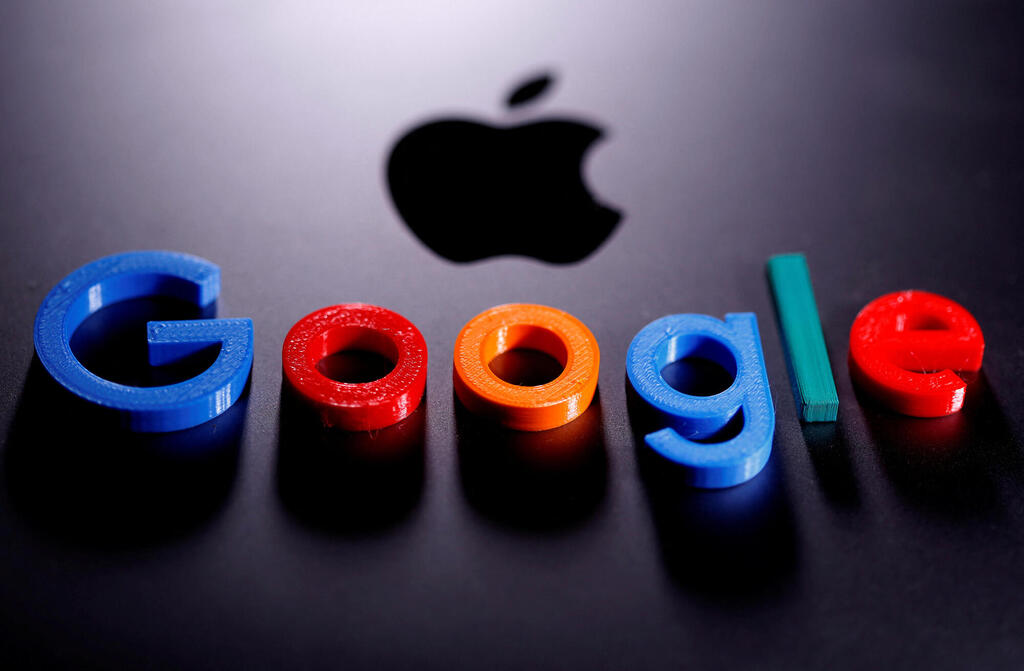
The dirty secret behind data backup
The tech giants are relentless in urging us to back up photos, emails, files and other data that we will never use. A service that started out as free is currently bringing them billions of dollars a year and also polluting the environment in the process
620,000 pension account holders at Australia's UniSuper were unable to access their accounts after an unusual error in Google's cloud services wiped out the financial services provider's entire account data. The data was deleted from the two locations where it was backed up by Google but was restored after a week because the pension fund had a backup with another provider.
Although this incident is a public relations disaster for Google, it also serves as a critical reminder for the industry. The fear that a business or individual’s information could be entirely deleted due to an "unusual" or "extraordinary" error is now validated. Disasters can and will happen, so it is essential to back up data, ideally using multiple services.
This has become a reality in the last two decades—everything must be backed up. If you haven’t backed up your data, every service will remind you with alerts and warnings. For instance, if your Word file isn't backed up to Microsoft OneDrive, a message will appear every time. If you haven’t purchased a cloud backup for your iPhone, iOS will remind you how long it has been since your last backup. The same applies to syncing photos on your smartphone. Running out of storage on Gmail? No problem, buy some additional storage for $2 a month. And for your family, you can buy a bundle for a bit more, ensuring peace of mind. This necessity for storage has created a massive industry.
Google and Apple dominate the private market
The exact revenue from the sale of storage space to individuals is not disclosed by tech companies, but market estimates exist. Apple and Alphabet dominate the cloud market for private users, primarily through their control of mobile operating systems and popular email services. Alphabet's Google Drive is estimated to have about 3 billion users, while Apple's iCloud has about a billion users worldwide. Each company offers a small amount of initial storage for free, with additional storage available for a small monthly fee.
Alphabet CEO Sundar Pichai stated that Google’s paid cloud services (Google One) have 100 million paying users worldwide. Even with a conservative estimate that each user subscribes to the cheapest plan at $1.99, this segment generates approximately $2.4 billion annually for Google. At Apple, estimates suggest that about 15% of all hardware users pay for storage, potentially yielding about $3.2 billion annually. This is far from small change.
Users generate vast amounts of data daily. For instance, 720,000 hours of video are uploaded to YouTube, 95 million photos and videos to Instagram, 34 million videos to TikTok, and 333 billion emails are sent and received daily. Smartphone users around the world take about half a billion photos each day. While quantifying the total daily data production is difficult, estimates suggest it is around 330 million terabytes.
This immense data generation was previously well-priced: sending a letter required a stamp and an envelope, creating a picture needed film and development, and watching a movie at home required renting a VHS tape or DVD. Today, these activities feel costless, but the default is to back up everything for future generations. Initially, storage space was free and seemed unlimited. When Google launched Gmail in 2004, it offered one gigabyte of storage, which was a vast amount at the time. This capacity doubled several times over the years, stabilizing at 15 gigabytes in 2013. This abundance led to the neglect of sorting and organizing data. Instead, we began storing everything in vast quantities.
As demand for storage grew, tech companies, which had initially offered these services for free, began monetizing them, creating a global storage market.
The cost of storage
The modern tendency to accumulate more and more data has led to a burgeoning industry. Consultants who help us declutter our physical belongings have gained celebrity status, but there is little attention to our electronic hoarding. Most people do not actively manage their stored data, partly because they are unsure of its future value, or they do not want to spend time on it. Others see no issue with extensive electronic storage due to its relatively low cost.
A study conducted over a decade ago identified five barriers to deleting data: "just in case" it is needed in the future, as evidence or proof, laziness and indifference, emotional connection to memories (photos and audio files), and the lack of pressure to manage data due to ample free storage space. In the business world, this unstructured data is referred to as Dark Data, which accounts for over 50% of a business’s stored information and is rarely, if ever, used again.
This approach hampers the ability to navigate stored data and diminishes the potential value extraction. More concerning is its environmental impact. The perception of storing data in the "cloud" creates an image of it being airy, positive, and clean, disconnected from the material world. However, in reality, it involves physical technology requiring data centers with servers, cables, transformers, and cooling systems, all of which have a significant carbon footprint, contributing about 2% of global carbon emissions. This is a considerable impact for the convenience of storing a few extra photos and files.














